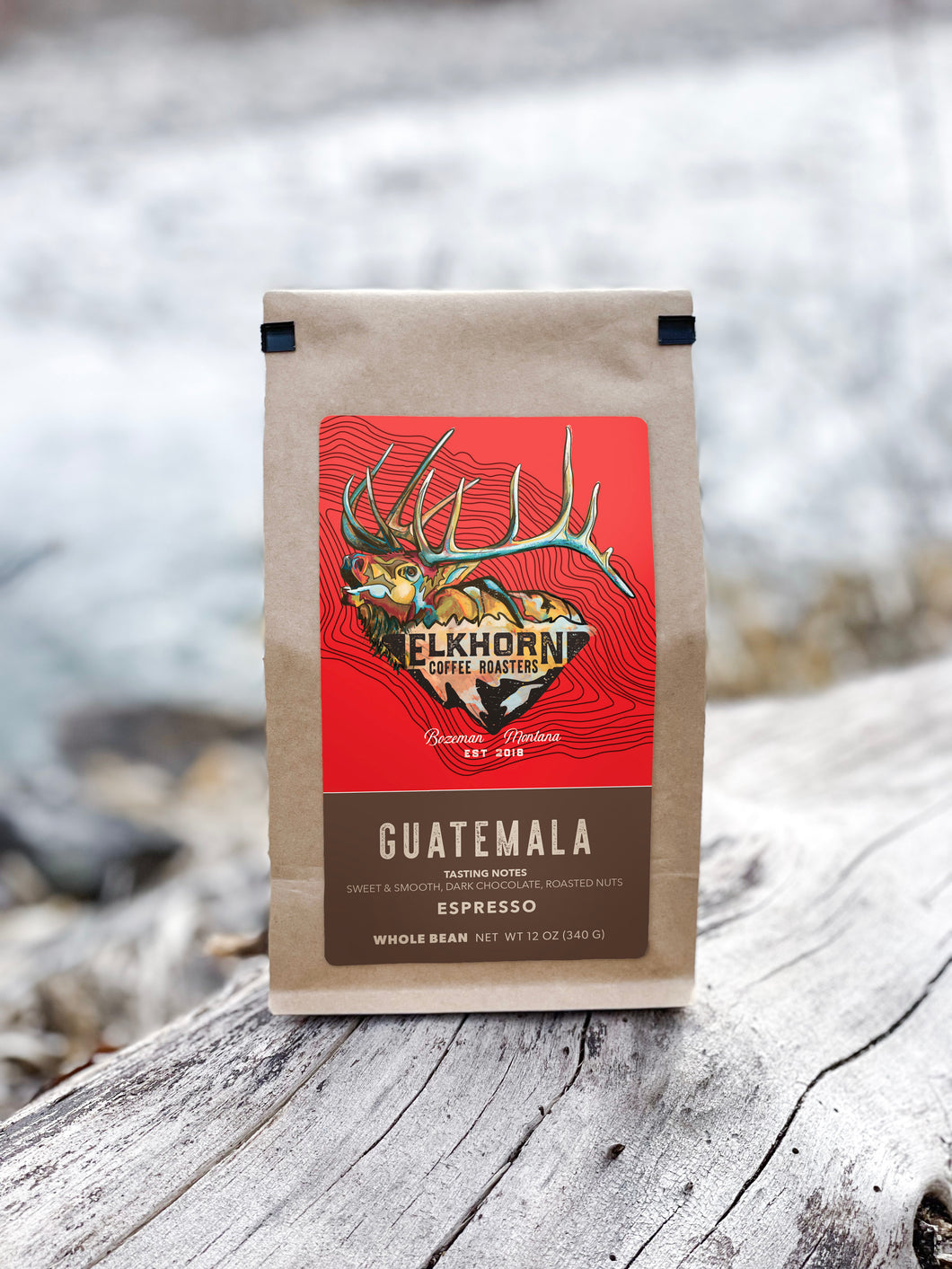SOE Single Origin Espresso – The Ideal Choice for Espresso Lovers
SOE Single Origin Espresso – The Ideal Choice for Espresso Lovers
Blog Article
Understanding Coffee Beans: the Journey From Coffee to Blended Coffee Beans

The Beginnings of Coffee: An International Viewpoint
While you may think of coffee as a contemporary staple, its origins map back centuries, intertwining with societies throughout the world. The story starts in Ethiopia, where tale says a goat herder named Kaldi discovered the energizing impacts of coffee beans after seeing his goats frolicking energetically after consuming them.
As profession routes broadened, coffee made its means to Europe in the 17th century, quickly gaining appeal. Each culture added its one-of-a-kind spin to coffee prep work, enhancing its history.
Growing and Harvesting of Espresso Beans
As coffee's journey advanced, the focus moved to the growing and harvesting of particular bean varieties, especially those utilized for coffee. You'll discover that coffee beans commonly come from Arabica or Robusta plants, each offering distinct tastes. The optimal growing conditions consist of high elevations and abundant, well-drained soil, which boost the beans' quality.
Throughout the harvest, choosing methods differ. In some regions, employees hand-pick ripe cherries, making sure just the most effective fruit mosts likely to handling. In other locations, mechanical harvesters are utilized, specifically on bigger farms. Timing is essential; you desire to gather when the cherries reach peak ripeness for optimum flavor.
When harvested, the beans are prepared for processing, which is important in identifying their last preference. Understanding the growing and harvesting processes provides you understanding into what enters into your preferred coffee, improving your recognition for each and every cup.
Handling Techniques: From Cherry to Bean
Since you've learnt more about harvesting coffee beans, let's explore just how those cherries transform into the coffee beans you like. You'll see exactly how various harvesting techniques influence taste, adhered to by the crucial steps of fermentation and drying out. We'll damage down the milling and grading procedure that identifies your coffee's high quality.
Collecting Strategies Discussed
When it involves coffee, comprehending harvesting methods is essential, because they directly affect the flavor and high quality of the beans you appreciate. There are 2 main methods: selective selecting and strip picking. Selective selecting includes hand-picking just ripe cherries, ensuring you obtain the very best high quality beans. This technique typically results in a richer flavor profile, though it's more labor-intensive. On the various other hand, strip selecting methods gathering all cherries at the same time, no matter ripeness. While it's quicker and less expensive, this can cause a mix of tastes, influencing the end product. Eventually, the choice of gathering strategy can considerably influence your coffee experience, so it's worth understanding how those beans made it to your mug.
Fermentation and Drying Out
After collecting, the following action in processing coffee beans play a considerable role fit their taste. You'll locate that fermentation is important, as it helps damage down the mucilage bordering the beans, boosting their preference profile. Depending upon the method, this process can last from a couple of hours to numerous days, with varying outcomes based on temperature level and humidity.
Once fermentation is full, drying out follows, which is just as important. You can pick from mechanical or sun-drying drying approaches. Sun-drying enables the beans to soak up tastes from the setting, while mechanical drying assurances consistent dampness degrees no matter weather. Appropriate drying is vital to stop mold and protect the beans' top quality, ultimately influencing your mug of coffee.
Milling and Grading Process
As fermentation and drying established the stage for taste growth, the milling and grading process warranties that just the very best coffee beans make it to your cup. This stage includes removing the outer layers of the coffee cherry, including the parchment and husk. After milling, the beans are sorted by dimension and weight, ensuring an uniform top quality. You'll find that grading helps recognize issues and categorize beans, which affects flavor and scent. Top quality beans get a higher quality, causing a richer coffee experience. Once rated, the beans are all set for packaging and shipping, preserving their distinct characteristics. This precise process is necessary for providing the remarkable taste you enjoy in every sip of your favorite mixture.
Toasting Methods: Unlocking Flavor Possible
When you roast coffee beans, the technique you pick can significantly influence the taste profile. Understanding the relationship between time, temperature level, and toasting methods is crucial to revealing the possibility of your mixture. Allow's discover how these elements come with each other to develop the ideal mug.
Roasting Techniques Explained
While you could assume that all coffee roasting approaches generate the exact same outcomes, the truth is that each strategy reveals distinct flavor potentials in the beans. Drum roasting utilizes a rotating drum to uniformly distribute heat, enhancing caramelization and producing a balanced taste. Air roasting, on the other hand, flows hot air around the beans, advertising a lighter roast with pronounced acidity.

Influence on Taste Profile
Various toasting methods not only affect the procedure but likewise significantly impact the flavor account of the coffee beans. When you Single Origin Espresso choose a light roast, you'll experience bright acidity and flower notes, showcasing the bean's origin. On the other hand, a tool roast balances acidity with sweetness, typically exposing chocolatey undertones. Dark roasts, on the various other hand, bring out strong, smoky flavors, often covering up the bean's unique qualities. Each technique exposes different oils and substances, resulting in a vast array of tastes. By try out different roasting designs, you can find which accounts resonate with your palate. Recognizing these subtleties helps you value the creativity behind your mug of coffee, improving your general experience with every sip.
Time and Temperature Factors
To release the complete flavor capacity of coffee beans, both time and temperature level during the toasting procedure play considerable functions. When toasting, you'll locate that higher temperatures can rapidly establish tastes, however if you rush it, you may finish up with scorched notes. On the other hand, lower temperatures enable a much more steady flavor advancement, showcasing the beans' unique qualities.

Timing is equally as important; expanding the roast too long can lead to a loss of level of acidity and illumination, while too short a roast might leave the beans underdeveloped. Locating that sweet place calls for method and experimentation. By adjusting these aspects, you can reveal the abundant, complex tastes hidden within each bean, creating a truly exceptional coffee experience.
The Art of Mixing: Crafting Special Coffee Accounts

Beginning by picking a base coffee that offers a solid structure. A brilliant Ethiopian bean can bring fruitiness, while a rich Brazilian coffee includes body.
As you mix, bear in mind that each combination narrates. You're not just making coffee; you're developing an experience. So, take your time, preference often, and appreciate the journey of discovering your trademark blend.
Developing Approaches: How Prep Work Influences Taste
Mixing coffee opens a domain name of taste opportunities, yet how you brew that mix can significantly affect your final mug. Different developing methods remove one-of-a-kind tastes and fragrances, so it's crucial to pick carefully. As an example, a French press permits oils and sediments to continue to be, producing a rich, robust experience. On the various other hand, a pour-over highlights the coffee's quality and illumination, excellent for showcasing fragile notes.
Espresso, with its high stress, creates a concentrated shot that accentuates sweet taste and crema. If you favor a lighter mixture, think about a cold brew approach; it generates a smooth, much less acidic taste.
Readjusting variables like water temperature level, grind size, and brew time can transform your coffee's profile. Discover More Welcome the art of developing to discover the tastes hidden in your coffee blends.
The Future of Coffee: Sustainability and Development
As the coffee industry progresses, sustainability and advancement are ending up being essential for addressing ecological difficulties and conference consumer needs. You'll observe that even more coffee firms are adopting environment-friendly techniques, from sourcing beans ethically to carrying out lasting farming techniques. These changes not just aid the earth however also improve the quality of the coffee you appreciate.
You could see advancements like biodegradable packaging and water-saving brewing techniques that minimize waste. Advanced innovation, such as blockchain, is likewise becoming preferred, making sure openness in the supply chain, which allows you to trace your coffee back to its beginnings.
Additionally, buying local neighborhoods and supporting farmers via fair trade initiatives fosters a more sustainable coffee community. As you sip your next cup, bear in mind that your selections can add to a brighter future for coffee. By deciding for sustainable brands, you're not just enjoying a drink; you're making a positive effect on the world.
Regularly Asked Inquiries
What Is the Distinction Between Arabica and Robusta Beans?
Arabica beans are smoother, sweeter, and have a higher level of acidity, while robusta beans are more powerful, a lot more bitter, and include even more high levels of caffeine. When brewing your coffee., you'll see these differences in taste and scent.
Just How Does Altitude Affect Coffee Bean Taste?
Altitude influences coffee bean flavor significantly. Greater elevations produce beans with brighter acidity and complicated flavors, while lower elevations frequently yield beans that are larger and much less nuanced. You'll observe these distinctions in your cup!
What Are the Health Benefits of Alcohol Consumption Coffee?
Consuming coffee can increase your power, enhance psychological focus, and also improve physical efficiency. It's abundant in antioxidants, might lower the danger of particular illness, and can promote a healthier metabolism when eaten in moderation.
Can Coffee Beans Be Recycled for Brewing?
Yes, you can recycle coffee beans for brewing, yet the flavor may be weaker. If you enjoy trying out, try reusing them in various means, like chilly mixtures or contributing to shakes for an additional kick.
How Should I Store Coffee Beans for Quality?
To keep your coffee beans fresh, save them in a closed container in a cool, dark area. Prevent exposing them to light, moisture, or warmth, as these factors can quickly weaken their taste and aroma.
Understanding Coffee Beans: the see page Trip From Espresso to Blended Coffee Beans.
Now that you have actually learned about harvesting coffee beans, let's discover exactly how those cherries change into the coffee beans you like.When you roast coffee beans, the technique you select can dramatically influence the flavor account - Single Origin Espresso.While you could assume that all coffee toasting techniques produce the same results, the truth is that each strategy discloses one-of-a-kind taste capacities in the beans.Different roasting approaches not just affect the procedure however likewise greatly affect the flavor profile of the coffee beans
Report this page